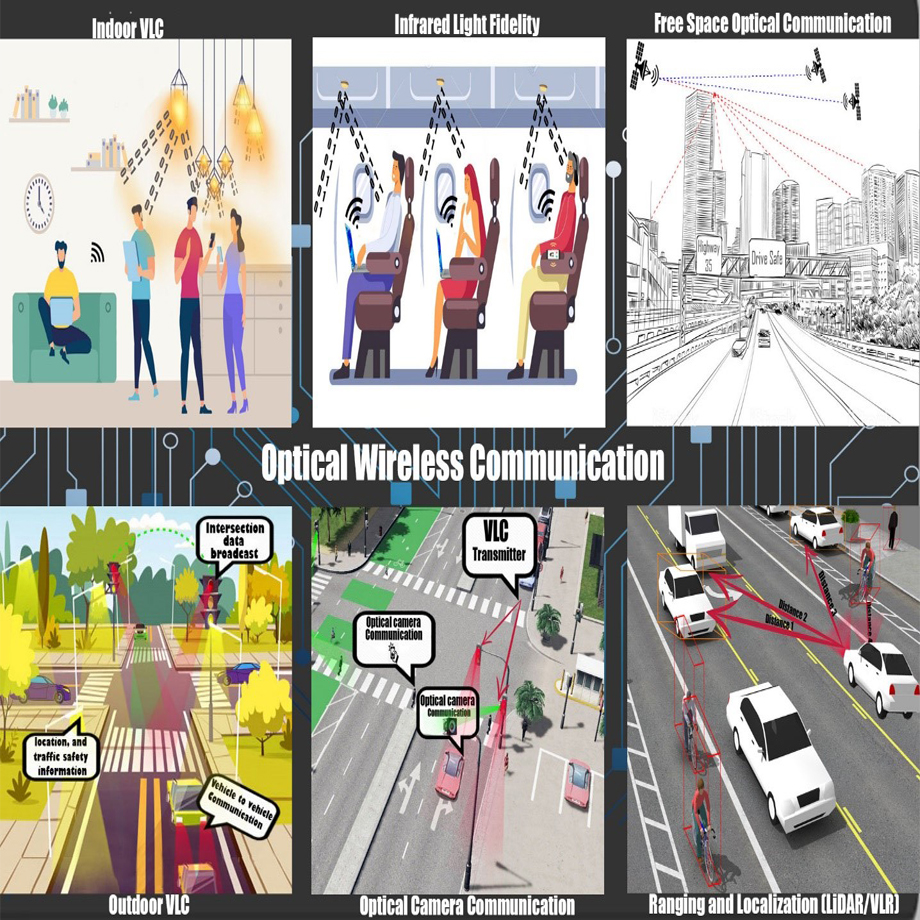PN III Mobility Project
Development of adaptive car communication systems with distance measurement functions between vehicles, based on visible light technologies

Development of adaptive car communication systems with distance measurement functions between vehicles, based on visible light technologies

Summary of the first stage of the contract
OWC technologies and their applications: visible light VLC communication, optical communication with video cameras, LiFi, optical communication in free space, location and distance measurement.The OWC area is quite large and includes several overlapping domains, such as VLC
VLC refers to the use of visible radiation (380-780 nm) for illumination and communications at the same time. VLCs are widely supported by the progress made in semiconductor technology, which can provide high quality and energy-efficient LEDs with fast switching at a reasonable cost.
Thus, based on the above, and in the context where road safety is a priority for the auto industry, governmental and non-governmental organizations, as well as for the scientific world, this project aims to develop and integrate a complex system that uses visible light. of automotive lighting sources for data exchange and for measuring the distance between vehicles.

Summary of the activities and results of the first stage of implementation of the AutoVLC-R project
The obtained results were disseminated in a paper published in the volumes of IEEE and ISI indexed conferences and a presentation at prestigious international events. In addition, the results were popularized in a presentation at the European Researchers' Night 2019 Edition.
Also, as specified in the request for funding of the project, during this research visit a joint workshop was organized in which the researchers of the Stefan cel Mare University in Suceava and those of the Engineering Lab have participated. Systems of the University of Versailles
There was also a visit by the French researchers Eng. Olivier Barrois and drd. eng. Luis-Emmanuel Plascencia of the Systems Engineering Lab at the University of Versailles at Stefan cel Mare University in Suceava. During this visit, the two teams installed and tested the developed VLC systems and established the plan for implementation and development of the other activities of the project.

Scientific summary of the problem addressed
In conclusion, we believe that the objectives of the project for this stage have been met and exceeded, the results obtained being of a high scientific level, being maintained and carried out collaborations with researchers from the University of Versailles St. Quentin - Paris Saclay University (France), facilitating the exchange of experience between the two partner institutions. Professor univ.dr. Mihai DIMIAN - Project Manager